Summer in the Lower Pecos: A Tale of Three Interns
Welcome back to the Shumla blog! We’re the 2019 Shumla Summer Interns: Megan Blackburn, Deianira Morris, and Kasia Cross. We have organized our learning experience as interns at Shumla Archaeological Research and Education Center into four intertwined categories essential to archaeology: field school, fieldwork, lab work, and stewardship. Although we’ve worked hard in each phase of our internship, we’ve been having a lot of fun as well. But we don’t want to keep all of this excitement to ourselves, so instead we’re going to share it with all of y’all!
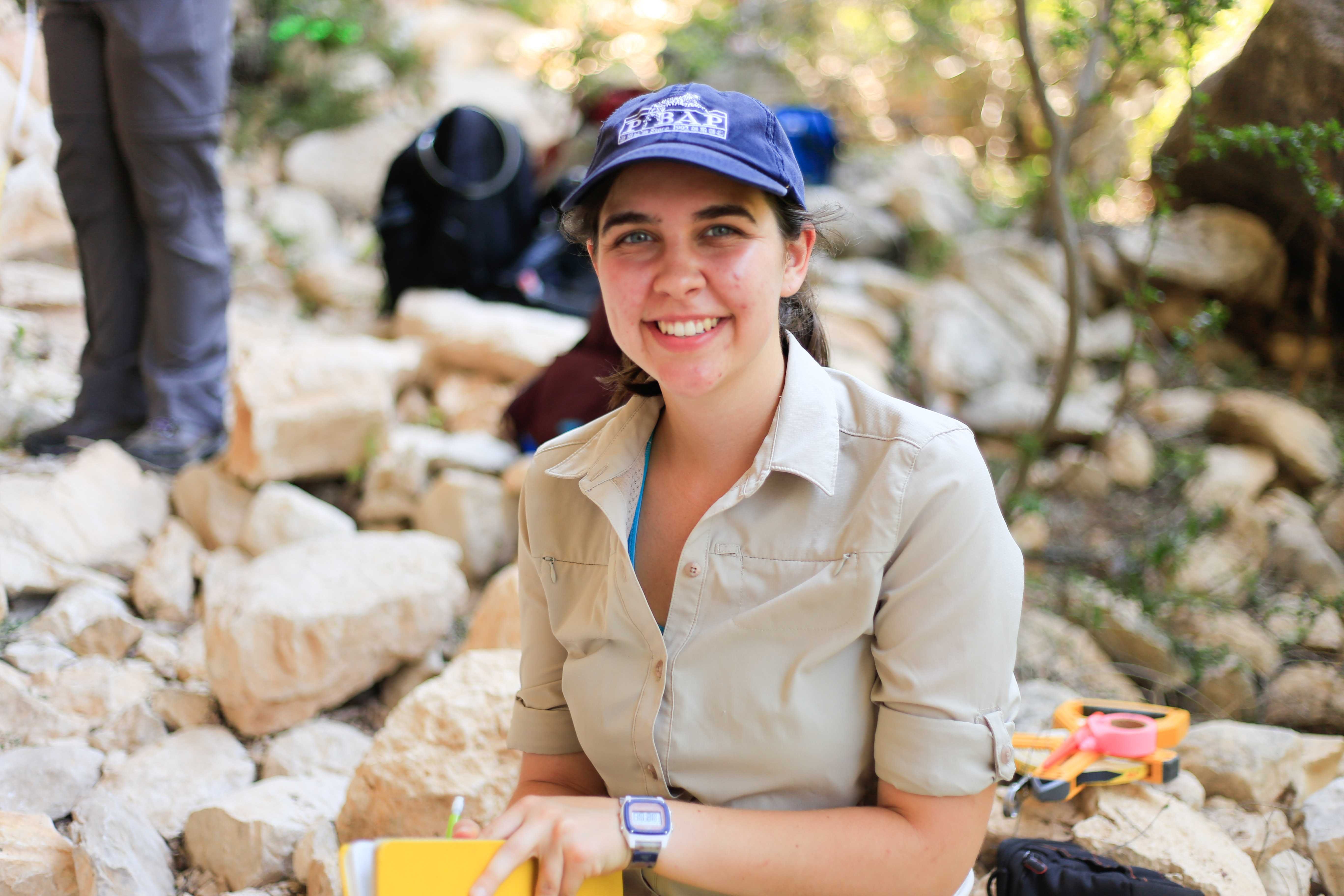
Megan
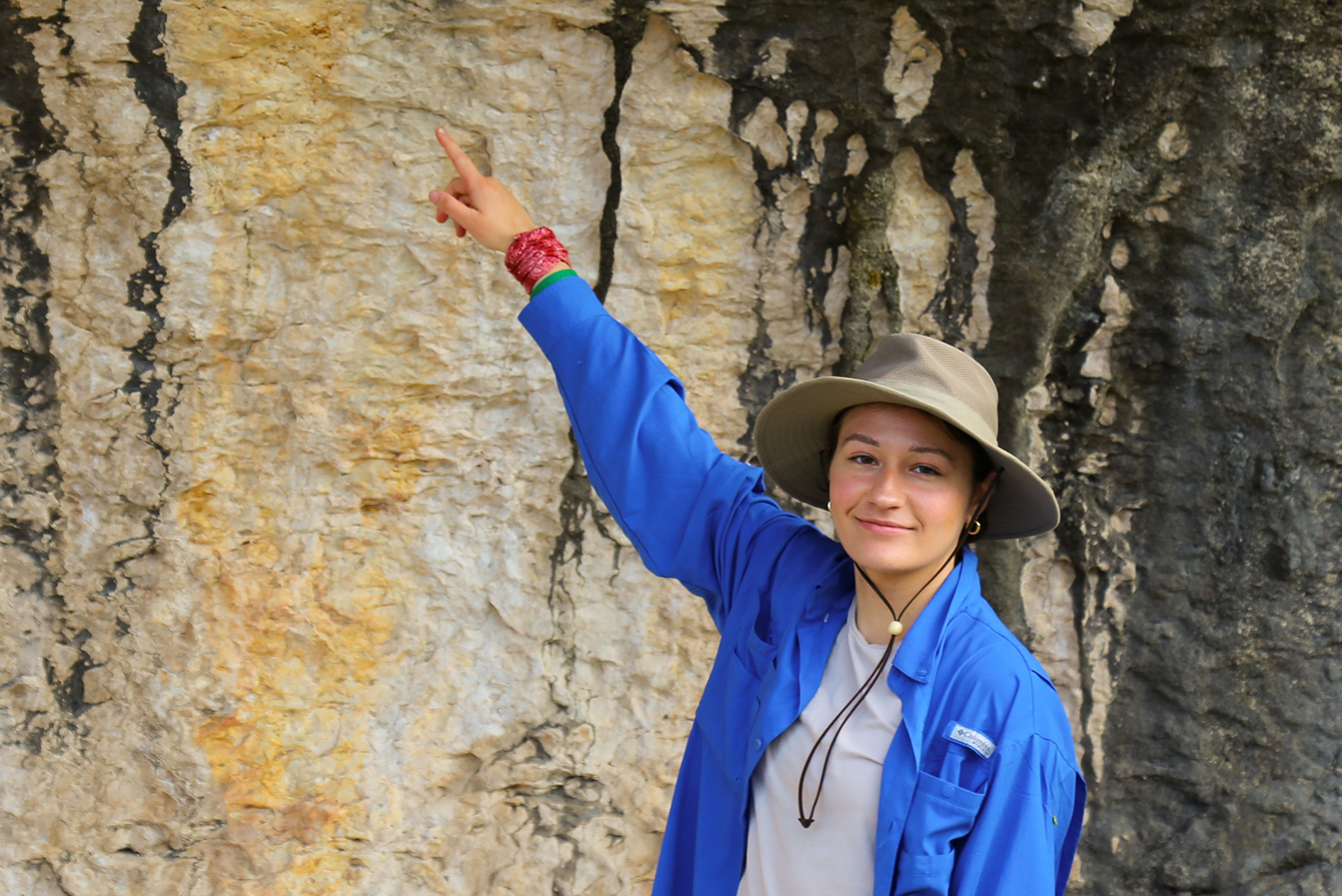
Kasia
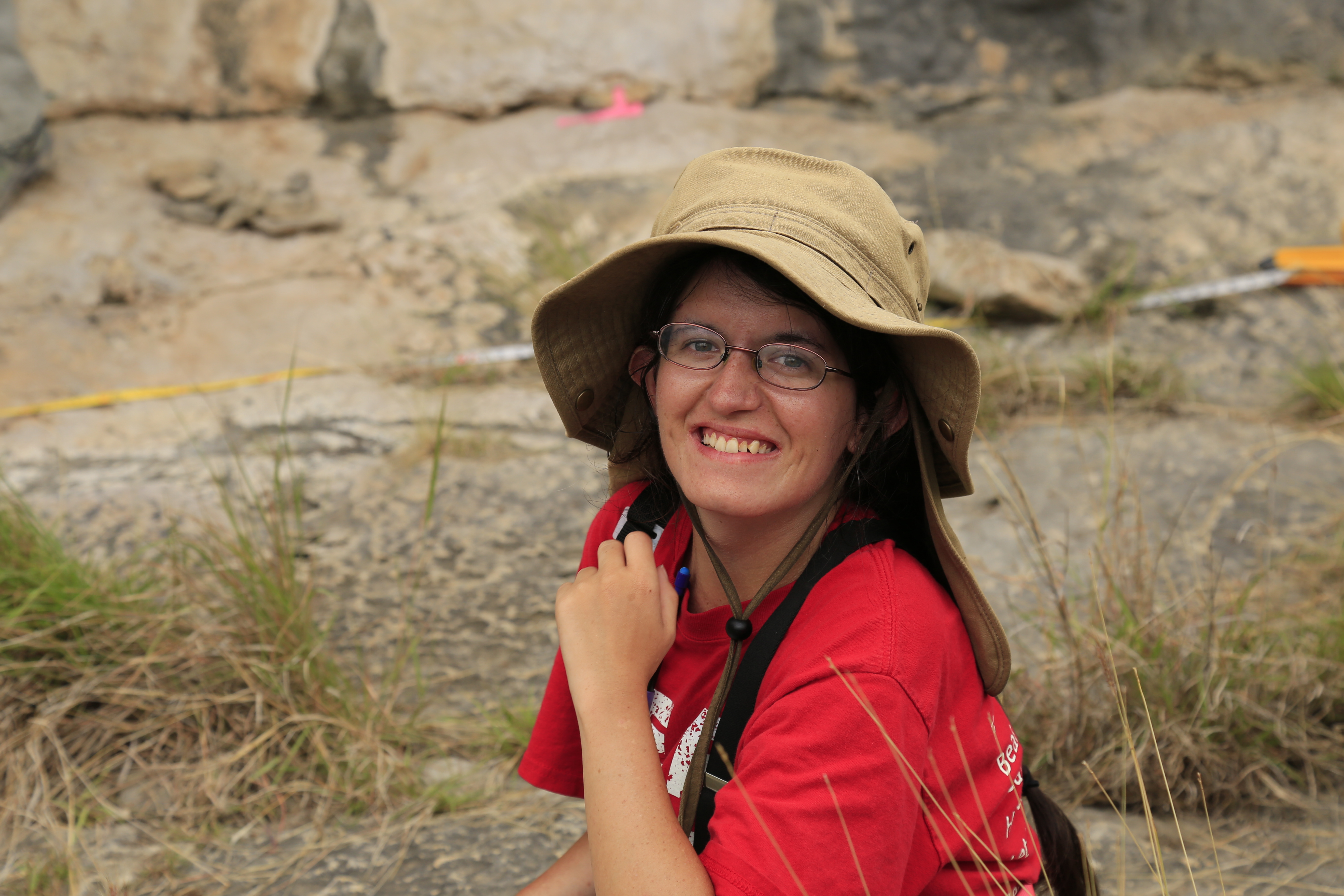
Dee
Field School
This past summer, Shumla helped manage the 2019 Texas State University Archaeological Field School. Along with documenting new rock art sites and providing instruction to students in the lab and in the field, Shumla housed 14 students at their campus for the duration of the field school. This was an extraordinary feat of effort and dedication for the Shumla crew, and we as interns got to be a part of this amazing experience in our own unique ways! While Dee and Megan participated in the field school as staff assistants, Kasia participated as both an intern and a student. Take a look at the details of our individual perspectives of field school.
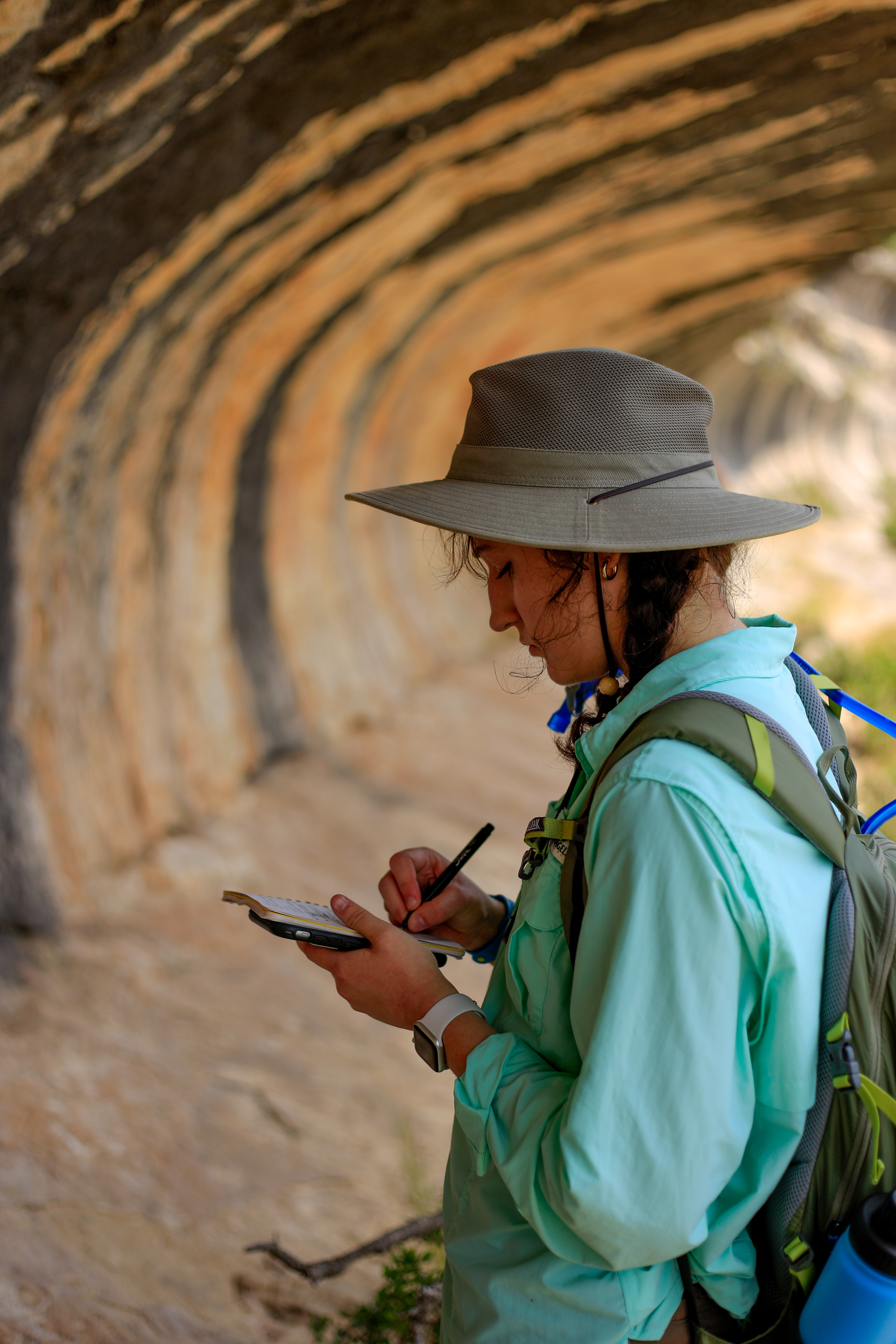
As a student participating in the field school, I had the incredible opportunity to live and learn at the Shumla campus with the teachers and other students. During this time, I was immersed in a culture of collective excitement at the prospect of uncovering and studying the material record of humanity. In addition, waking every morning to witness the birth of a glowing sun upon a sotol-speckled horizon was profoundly beautiful and humbling. To me, learning to document the breathtaking visual codices that the archaic hunter-gatherers left behind to record their mortal experience and their cosmology–on the very landscape where they once lived, loved, worshipped, and died–was and is a singular privilege.
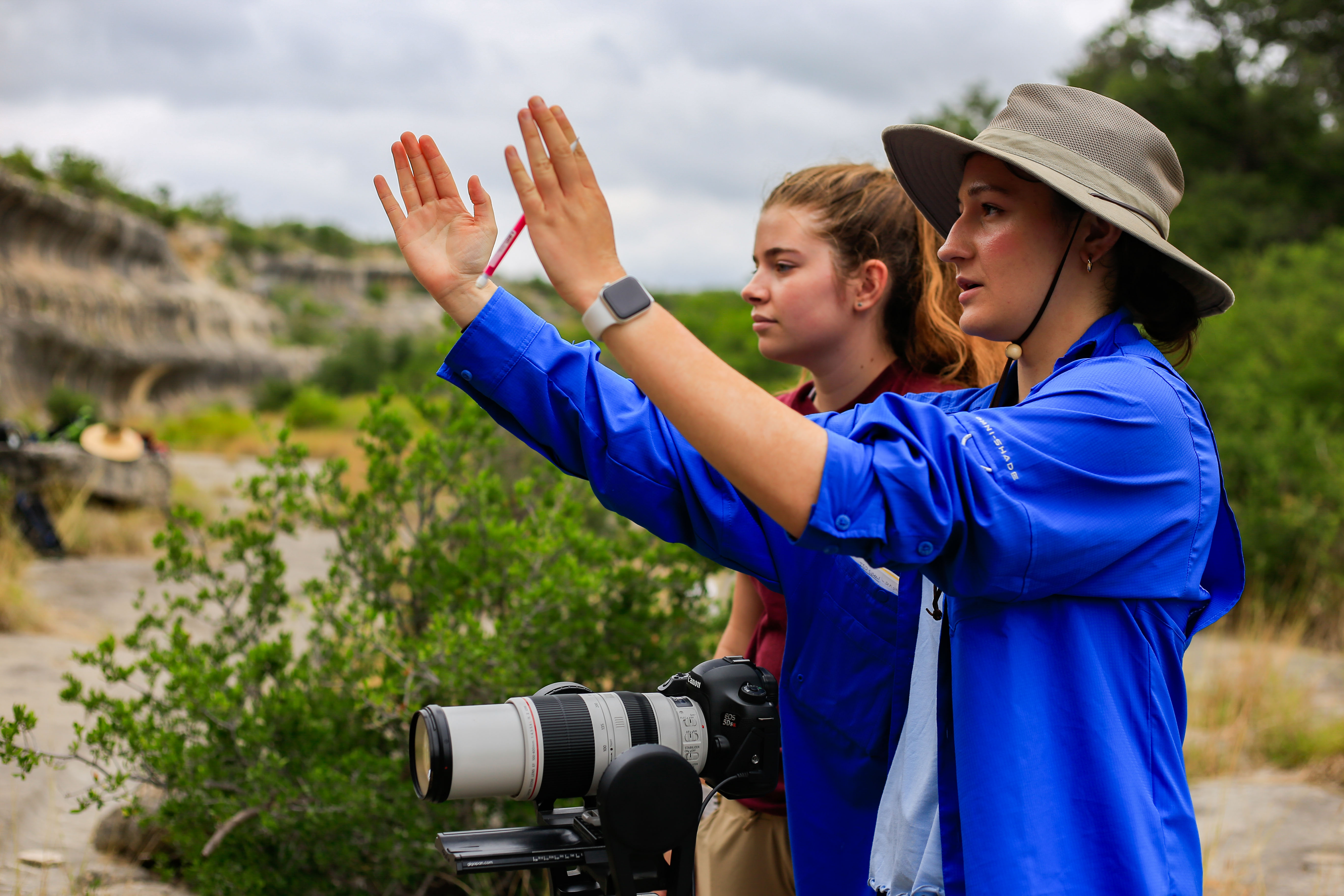
Although both Megan and Dee had participated in other field schools, this field school was much different than what we had experienced previously. The Texas State University field school included both dirt archaeology and rock art research and we remained with the rock art team for the entire time. This allowed us to fully submerge ourselves with the Shumla team and their methods of rock art documentation. Our introduction to being Shumla interns was as hands-on as it gets! Having never worked in the Lower Pecos before, documenting rock art sites was as much a learning experience for us as it was for the students. While in the field, it was invigorating to be in an environment where everyone was so eager to immerse themselves in the information around them and this got us excited too!
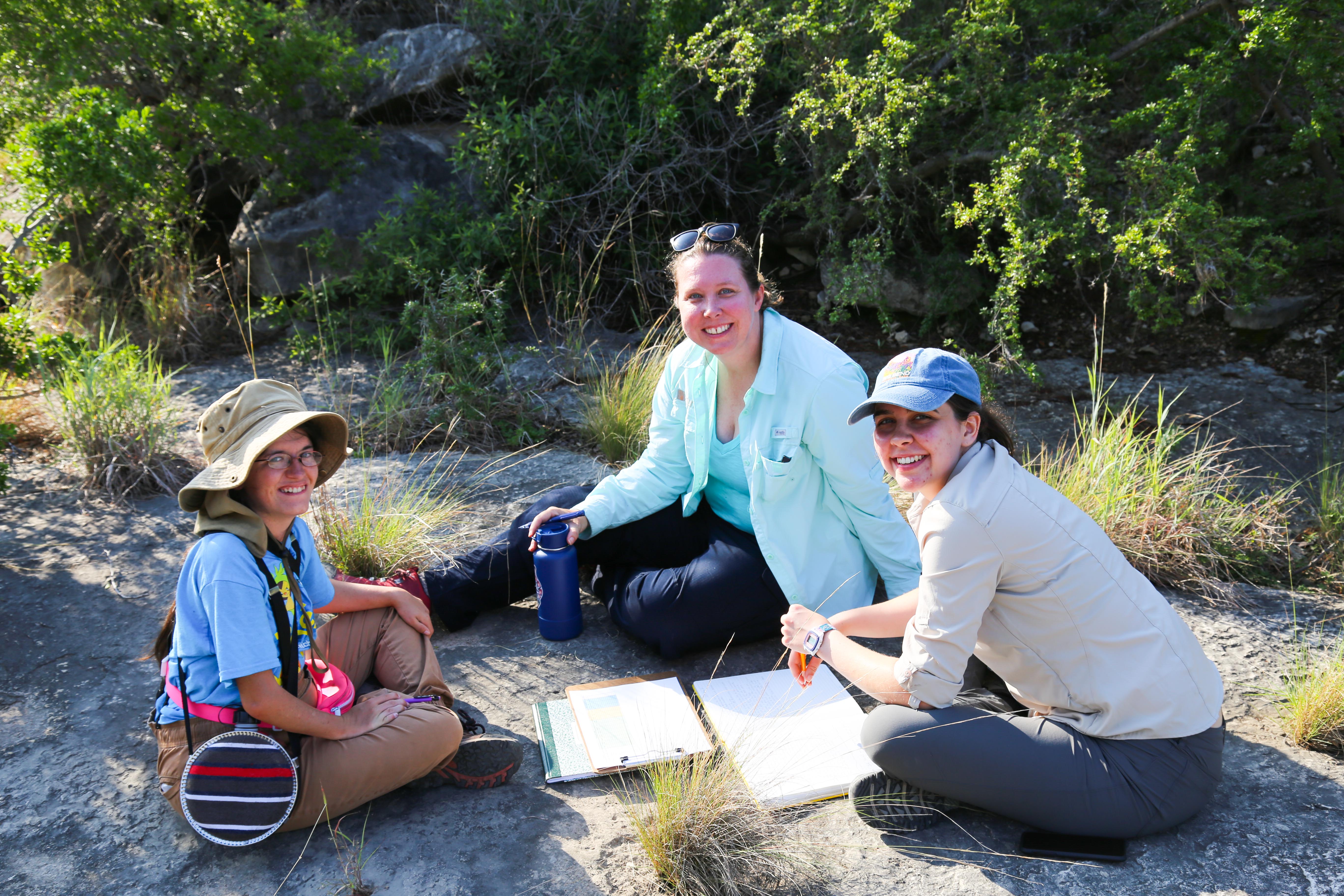


2019 Field School at the Shumla Harrington Campus
At Shumla, a standard day begins early with a hike to a rock art site that is either unrecorded, or one that requires further documentation. Once we arrive, we assess the rock art at the site, while other crew members collect data for the Texas Historical Commission’s official archaeological site form (TexSite Form). Other members begin the task of filling out the specialized Shumla Rock Art Site Form while others work on GigaPans and/or Structure from Motion photography of the rock art panel. More photos are taken of the crew, the site, and any cultural features that we find there, which can range from artifacts like chert flakes to the rock art panels and bedrock features such as mortar holes.
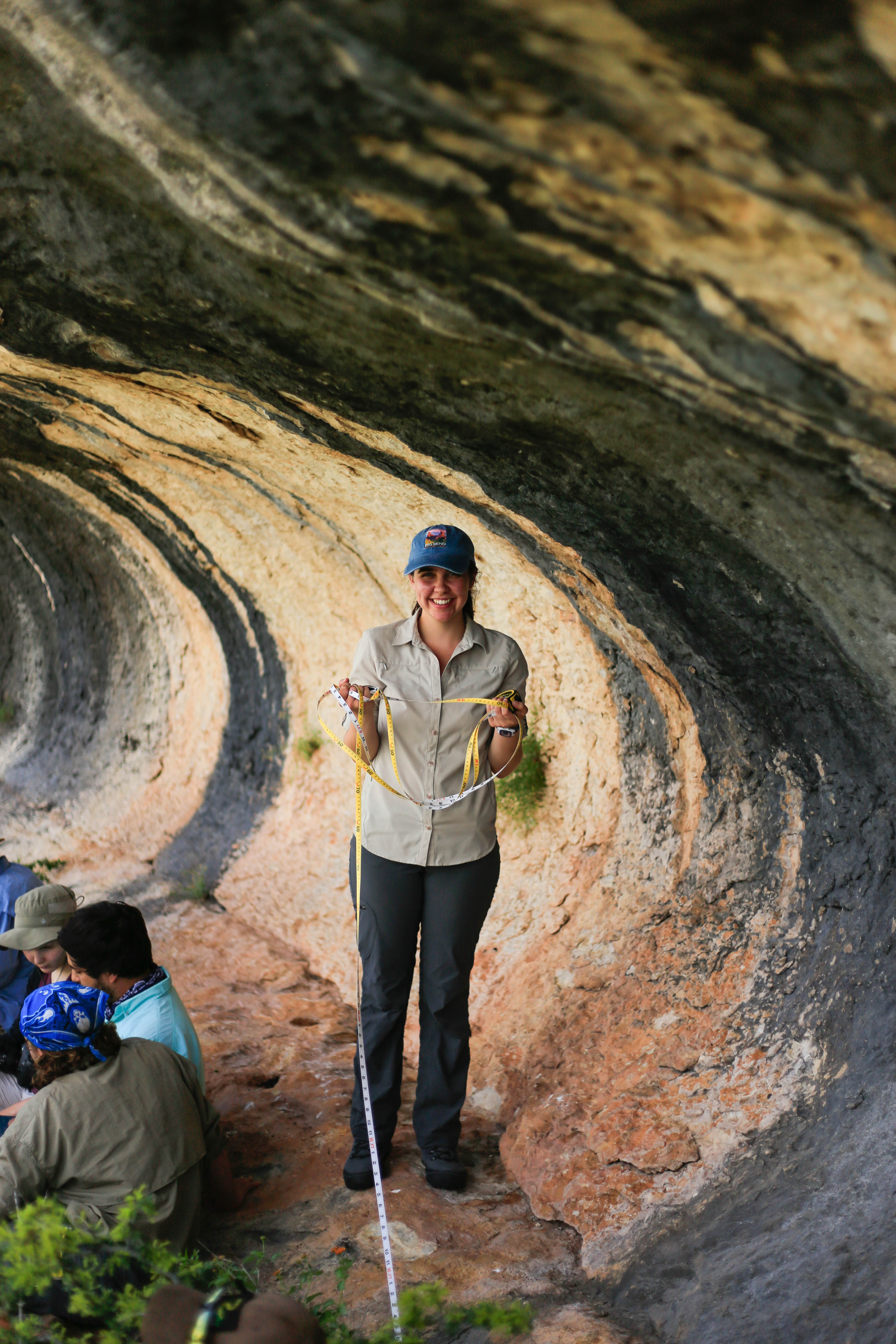
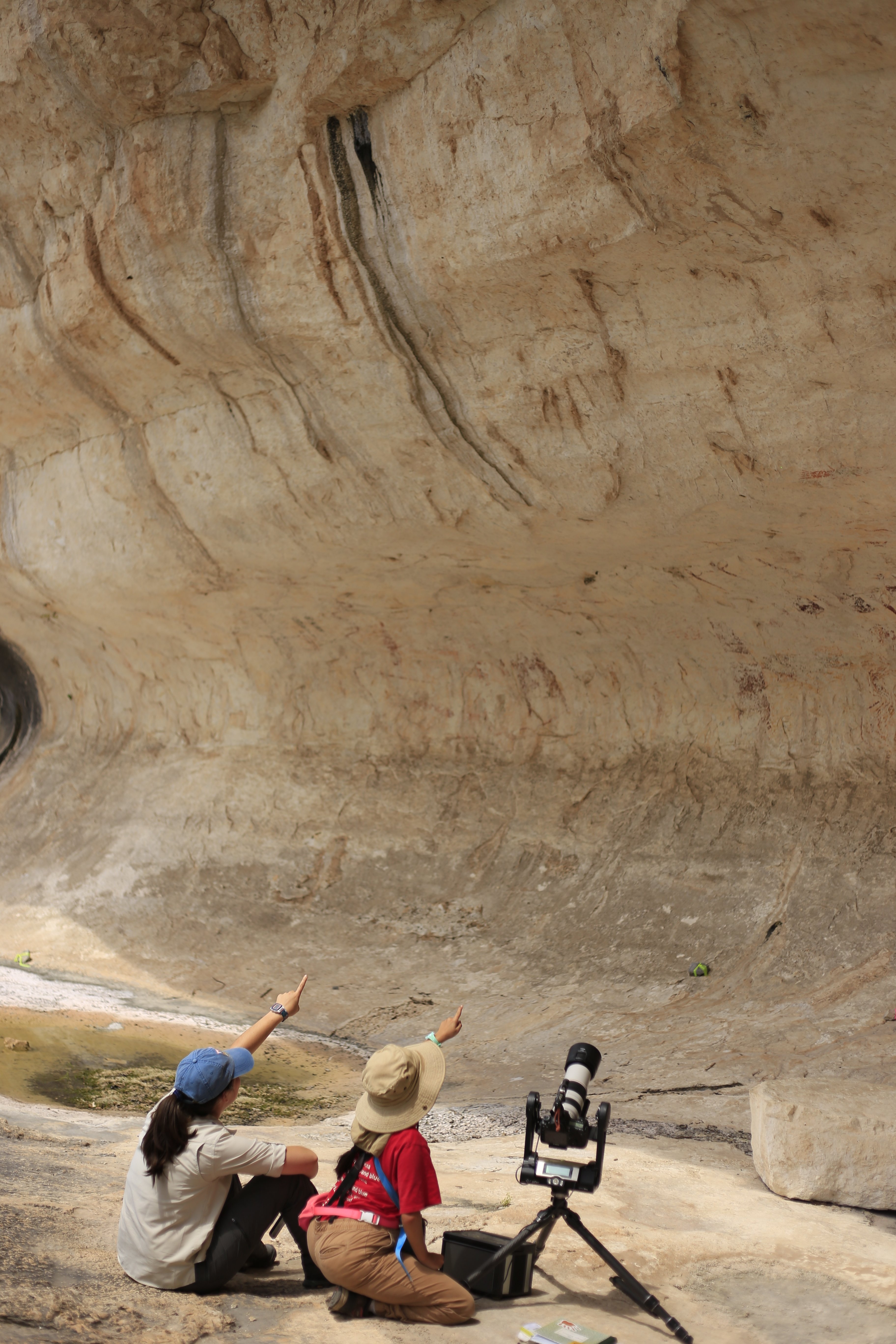
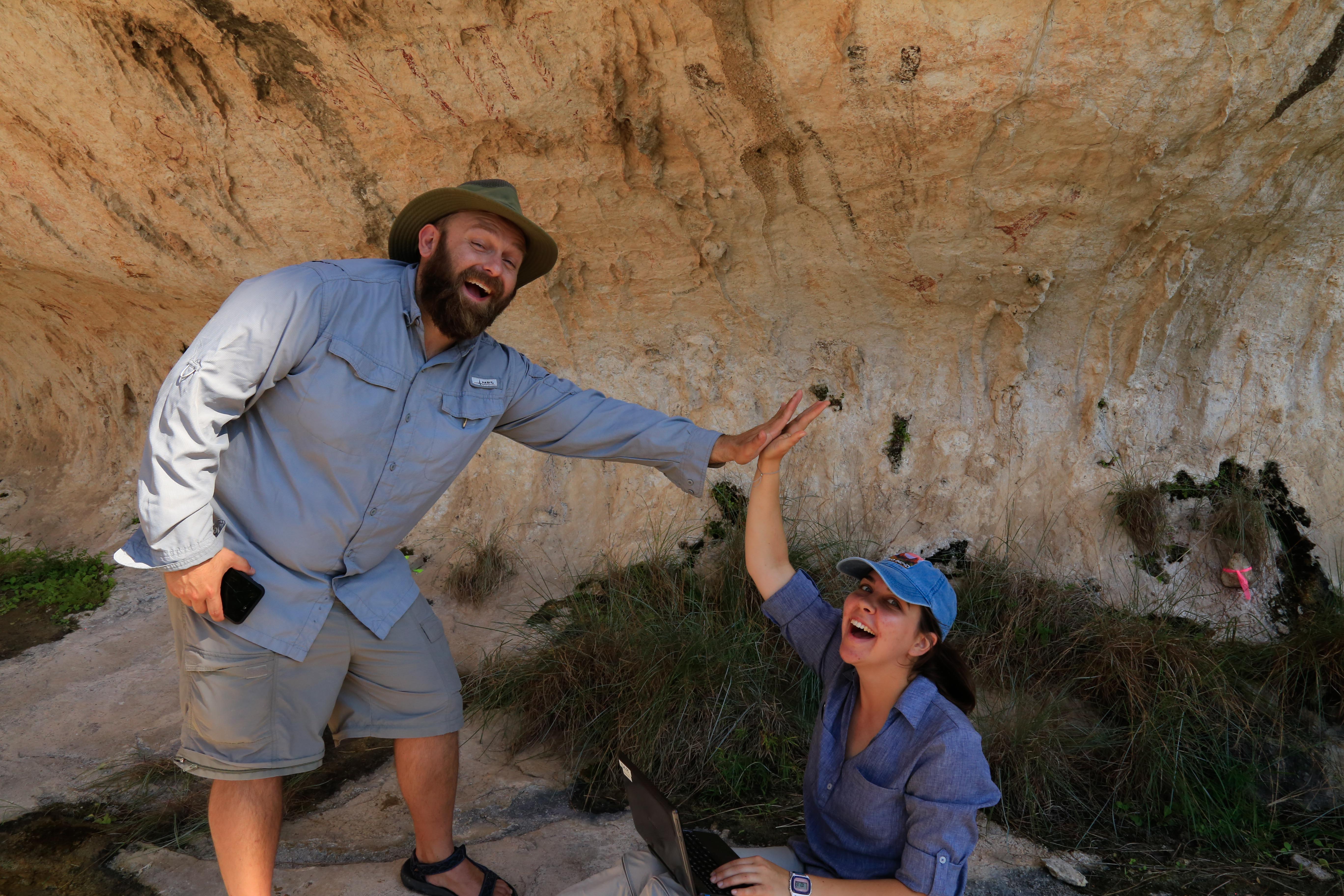
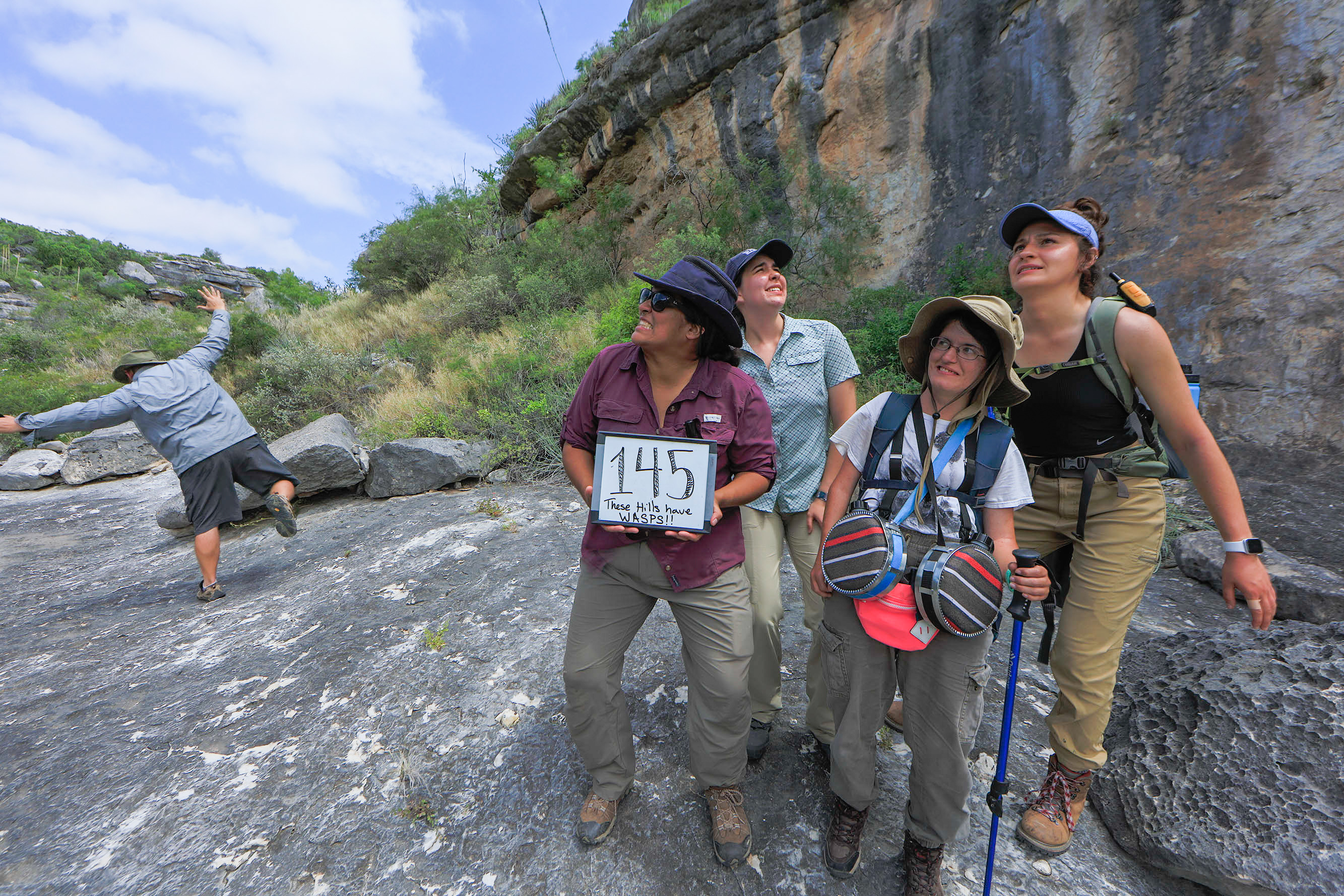
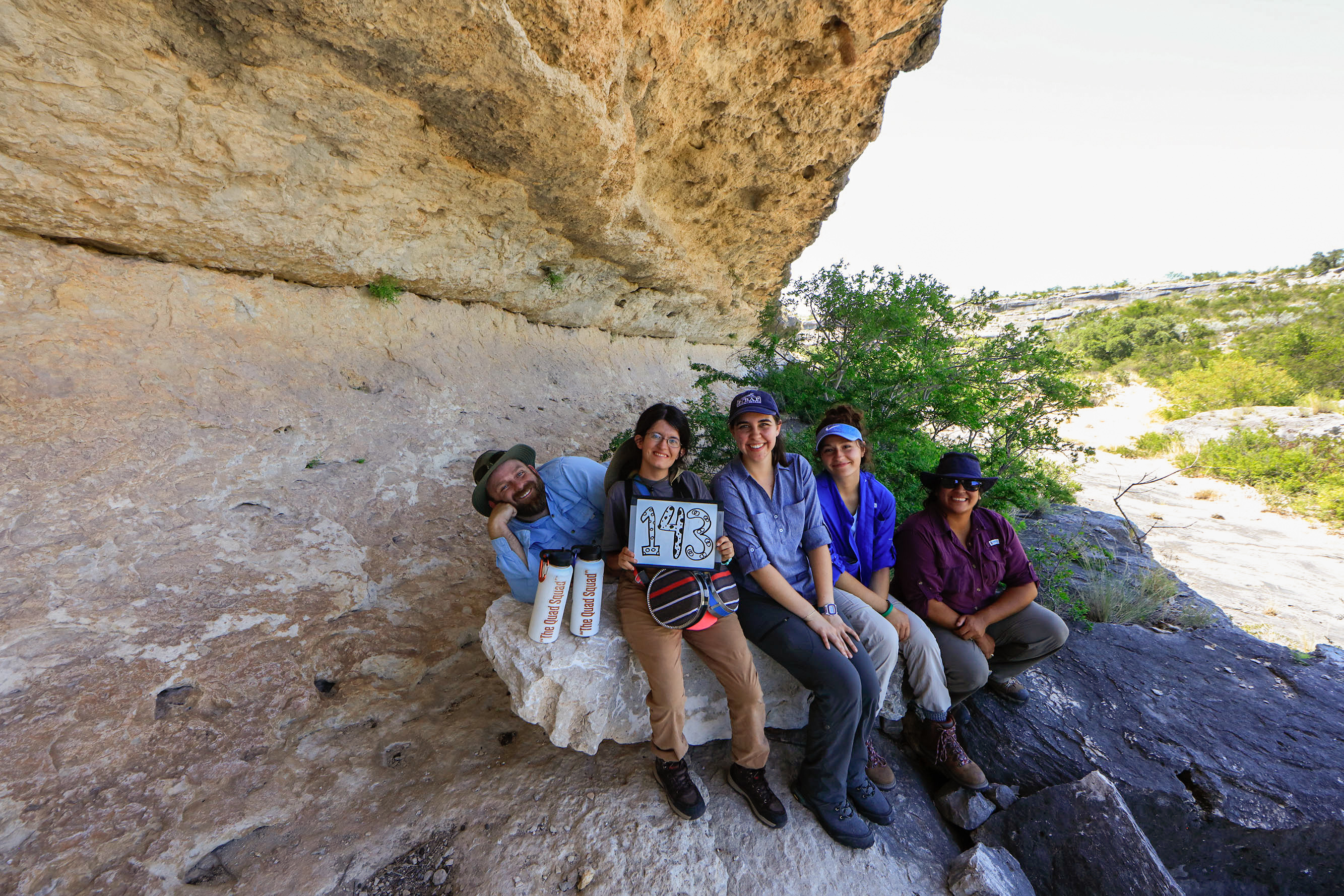
Of course, the amount of time we spend in the field is always balanced by an equal amount of time, or more, spent in the lab processing the data we collect. We always get a lot of enjoyment out of the time we get to spend in the field, but lab time means that we’re working closer to reaching our goals–and the air conditioning!
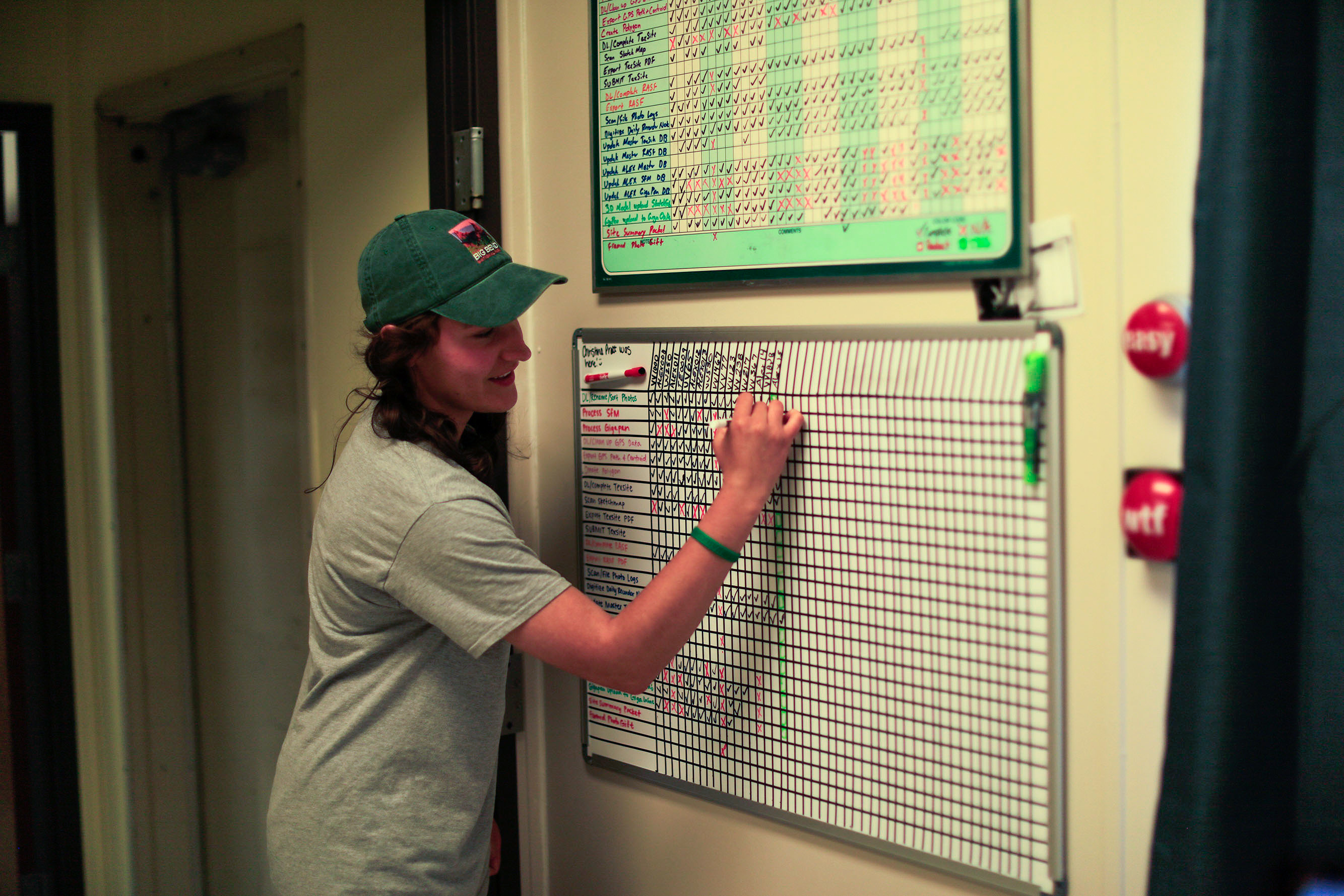
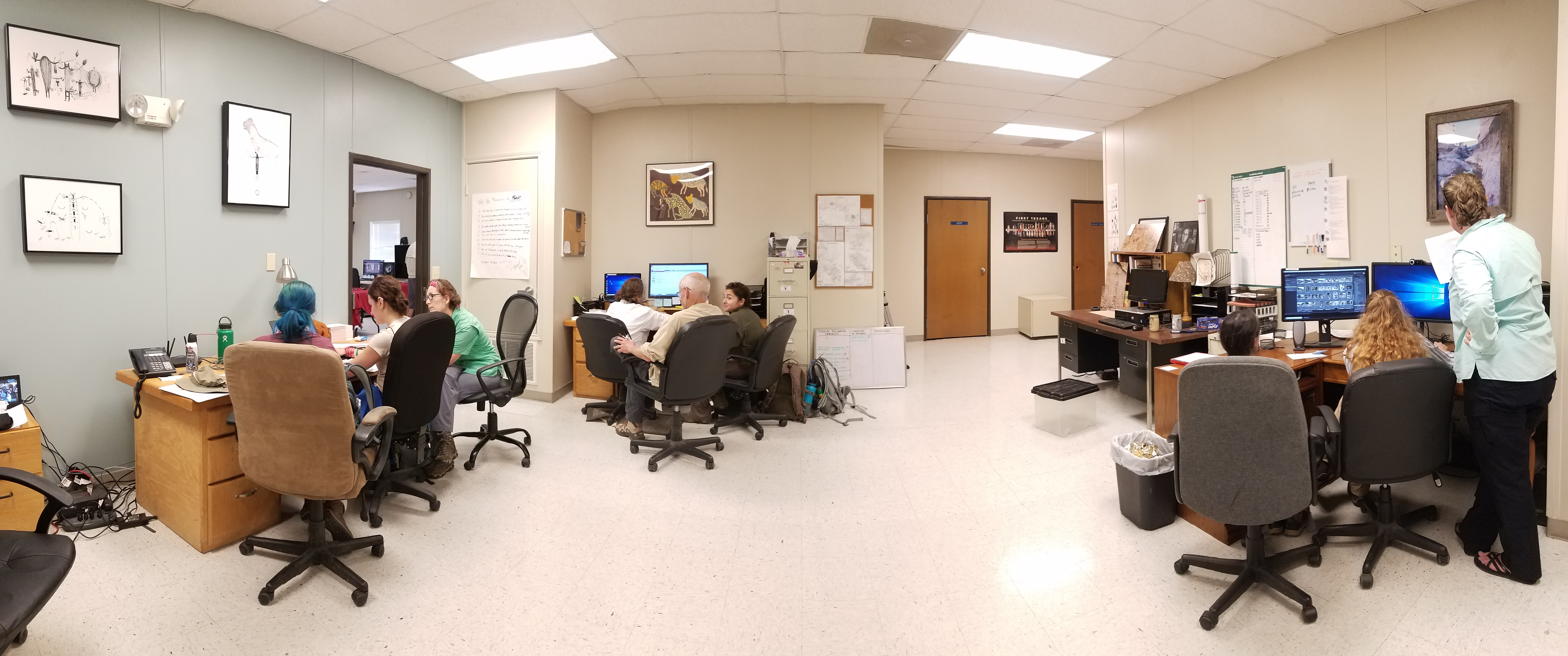
Throughout our time as interns, Shumla has taught us how to engage with a variety of audiences that include professional archaeologists, landowners, and the public who are just as passionate about rock art as we. Although we have learned as students how important it is for archaeologists to promote stewardship of archaeological sites, our time with Shumla has emphasized that lesson and has taught us the main way archaeologists can encourage stewardship is by showing our appreciation for everyone who helps us study and maintain these sites. To a large extent, Shumla’s ability to document important rock art sites in the Lower Pecos is due to the landowners on whose land these sites are located. Not only has the stewardship of the landowners protected the existence of these sites, it is because of the landowners that Shumla staff are able to access these sites and document them. In turn, Shumla is happy to do what we can for the landowners and for everyone that supports us. As Jerod Roberts put it, “Archaeology isn’t just archaeology. It’s also feeding landowner’s cats and hanging photos on people’s walls,” which is to say that we do what we can to show people that we how much we appreciate their support.
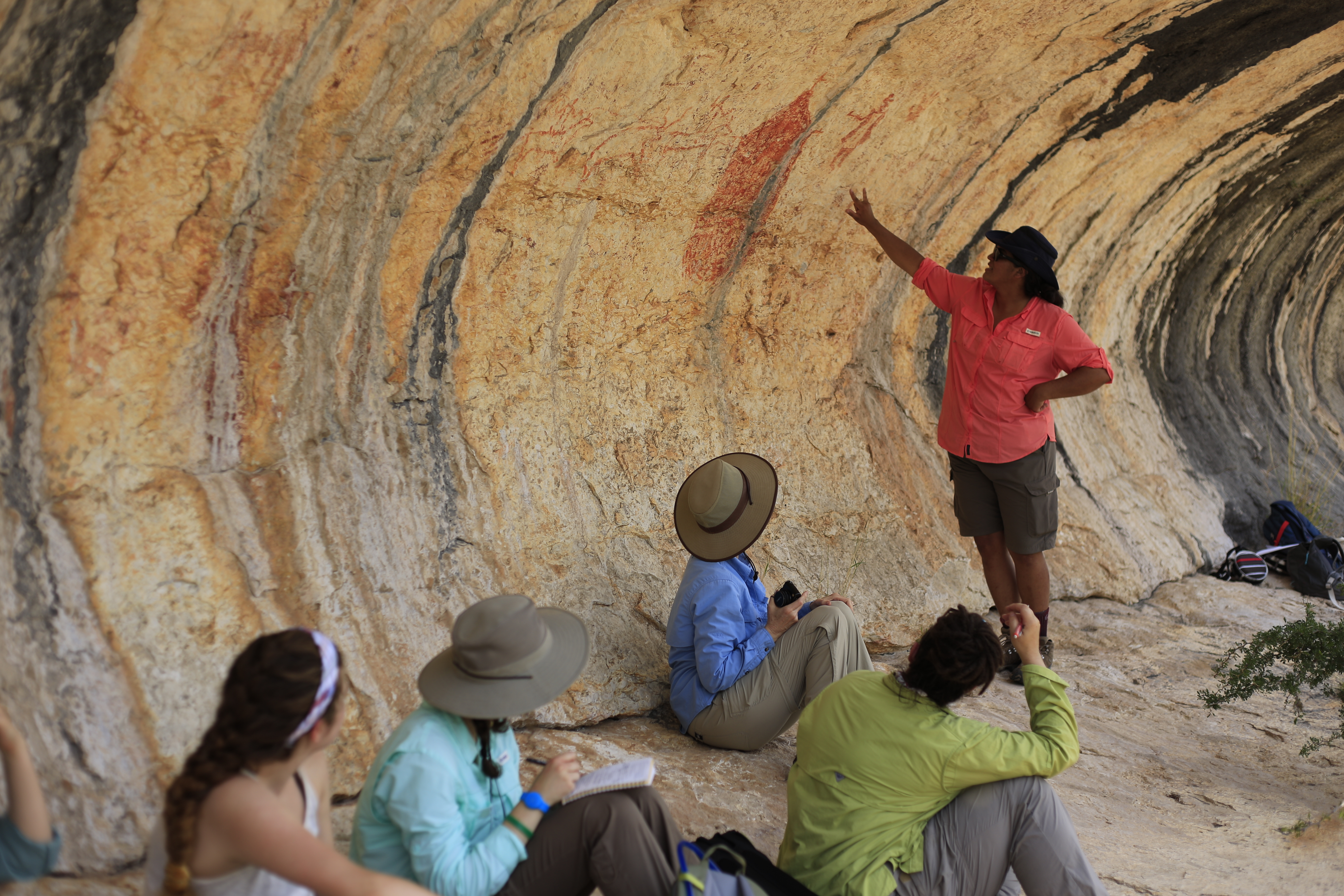
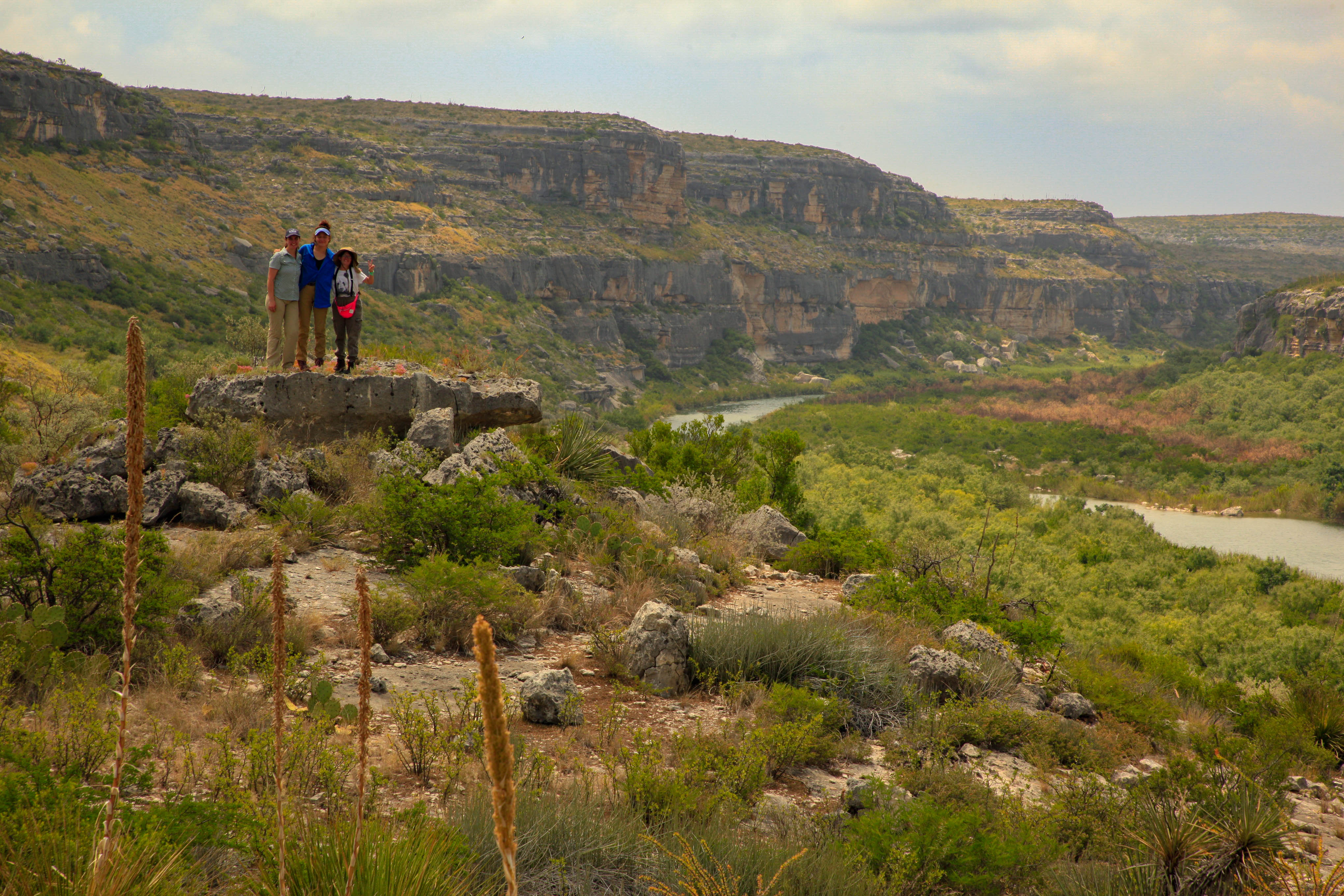
Interns, signing out!
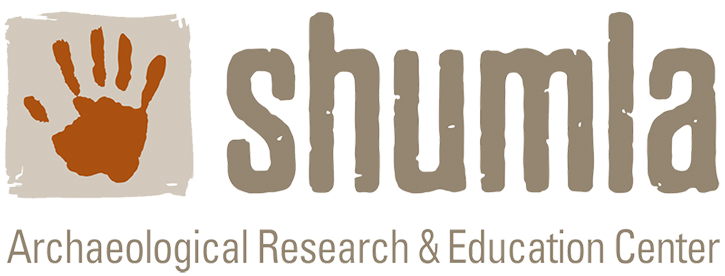

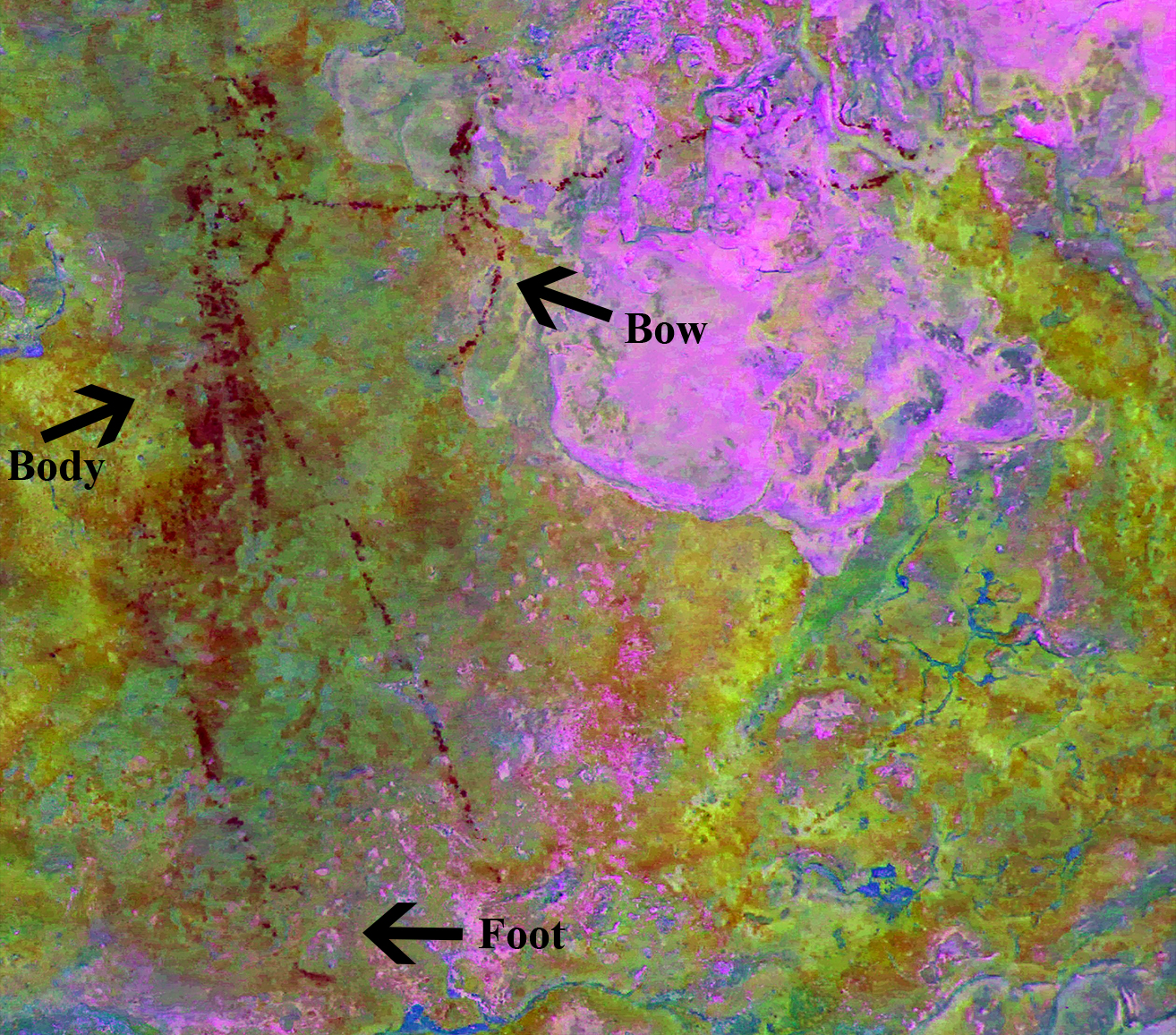
Sweet to see the documentation & preservation of this great site.